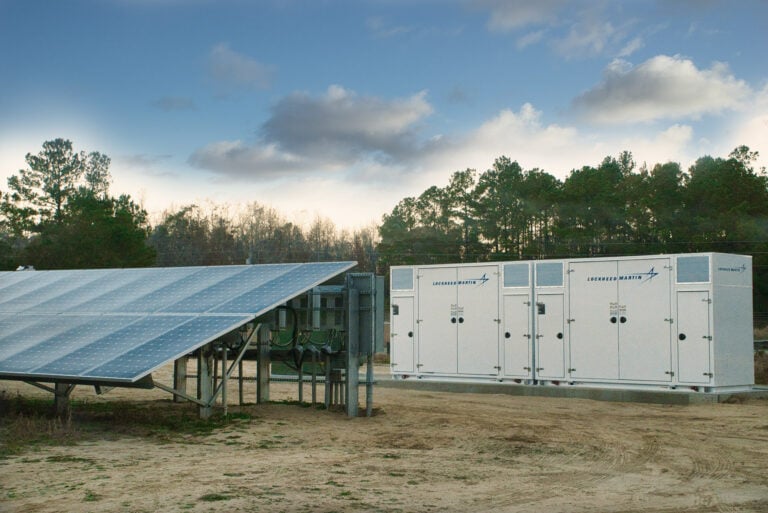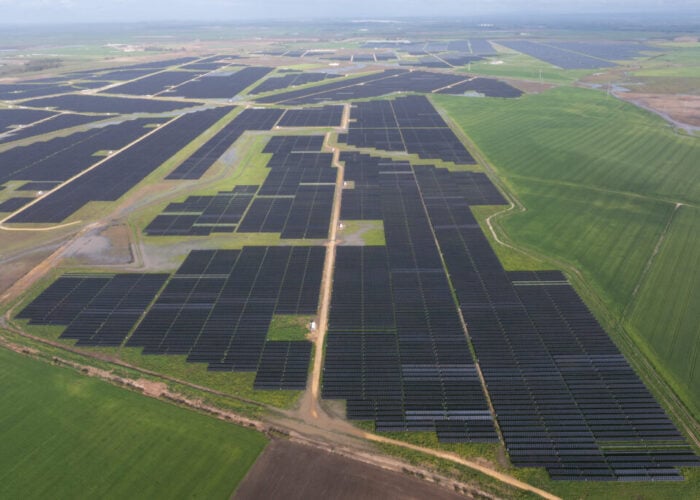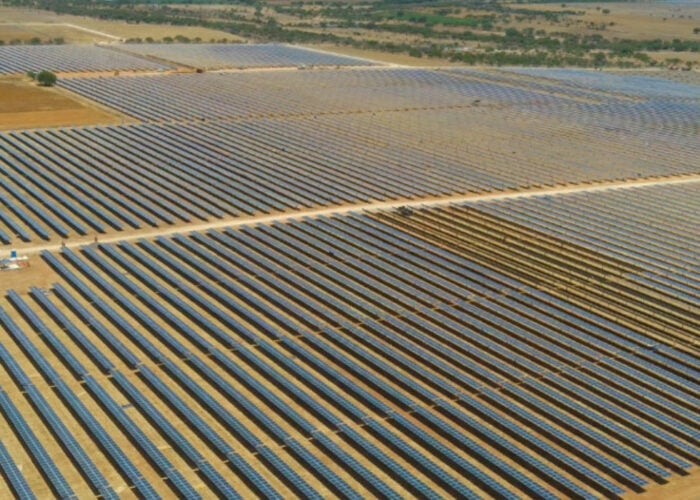
The US Department of Energy (DOE) has established the Office of Clean Energy Demonstrations, a new DOE office that will help deliver on President Joe Biden’s climate plans.
President Biden’s Bipartisan Infrastructure Law provides more than US$20 billion to establish the Office of Clean Energy Demonstrations and support clean energy technology demonstration projects in areas including clean hydrogen, carbon capture, grid-scale energy storage, small modular reactors, and more.
Try Premium for just $1
- Full premium access for the first month at only $1
- Converts to an annual rate after 30 days unless cancelled
- Cancel anytime during the trial period
Premium Benefits
- Expert industry analysis and interviews
- Digital access to PV Tech Power journal
- Exclusive event discounts
Or get the full Premium subscription right away
Or continue reading this article for free
Demonstration projects prove the effectiveness of innovative technologies in real-world conditions at scale in order to pave the way towards widespread adoption and deployment.
“Thanks to the investments Congress made in the Bipartisan Infrastructure Law, the Office of Clean Energy Demonstrations will move clean energy technologies out of the lab and into local and regional economies across the country, proving the value of technologies that can deliver for communities, businesses, and markets,” said secretary of energy Jennifer Granholm.
“This new office will hire the best and brightest talent to invest in cutting edge clean energy projects, and DOE is calling on anyone dedicated to addressing the climate crisis to roll up their sleeves and join us.”
This investment is part of the US$62 billion in the Bipartisan Infrastructure Law that will “supercharge DOE’s work on clean energy demonstrations to deliver cutting edge clean technologies to communities and businesses across the country”, the DOE said.
“These demonstrations will fund projects totalling hundreds of millions or multiple billions of dollars in scale and will unlock massive follow-on investment from the private sector to deploy these technologies,” said the DOE.






